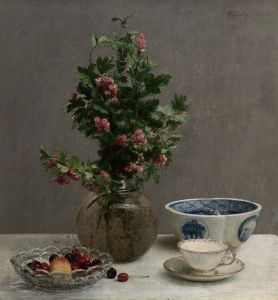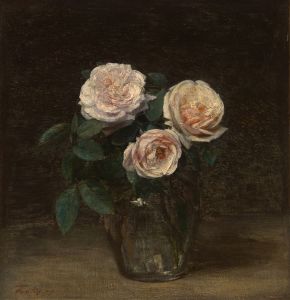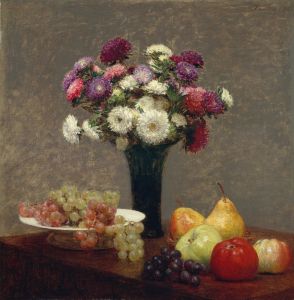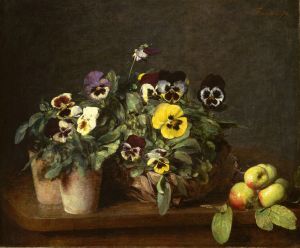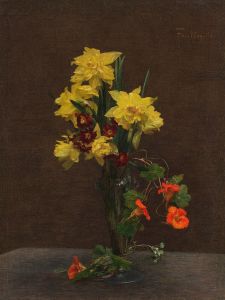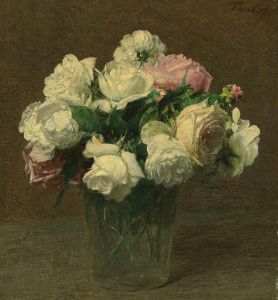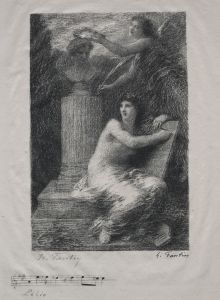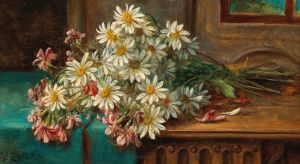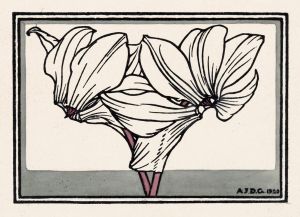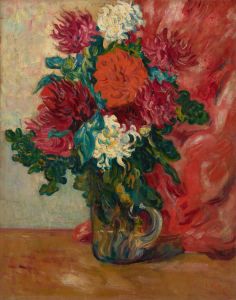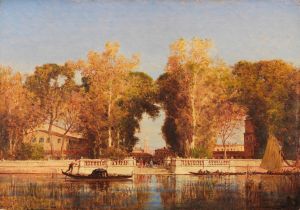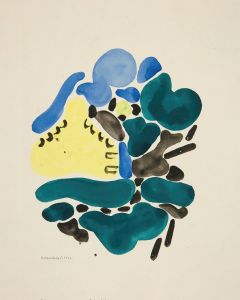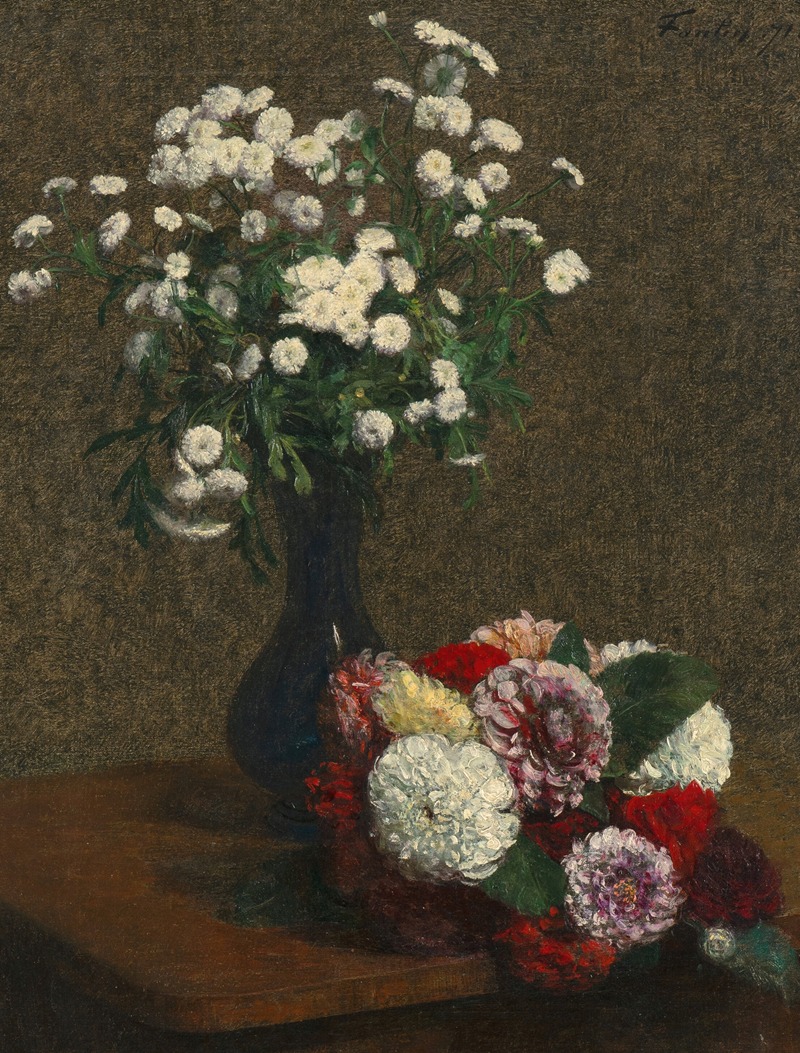
Fleurs; camomille et dahlias
A hand-painted replica of Henri Fantin-Latour’s masterpiece Fleurs; camomille et dahlias, meticulously crafted by professional artists to capture the true essence of the original. Each piece is created with museum-quality canvas and rare mineral pigments, carefully painted by experienced artists with delicate brushstrokes and rich, layered colors to perfectly recreate the texture of the original artwork. Unlike machine-printed reproductions, this hand-painted version brings the painting to life, infused with the artist’s emotions and skill in every stroke. Whether for personal collection or home decoration, it instantly elevates the artistic atmosphere of any space.
Henri Fantin-Latour, a renowned French painter, is celebrated for his exquisite still life paintings and portraits. One of his notable works is "Fleurs; camomille et dahlias," which exemplifies his mastery in depicting floral arrangements with remarkable detail and subtlety. Fantin-Latour was born in 1836 in Grenoble, France, and he developed a keen interest in art from a young age. He moved to Paris, where he studied at the École des Beaux-Arts and honed his skills under the guidance of several prominent artists of the time.
"Fleurs; camomille et dahlias" is a testament to Fantin-Latour's dedication to the still life genre, which he pursued throughout his career. The painting features a delicate arrangement of chamomile and dahlias, showcasing the artist's ability to capture the intricate beauty of flowers. Fantin-Latour's still lifes are characterized by their meticulous attention to detail, soft lighting, and harmonious compositions, all of which are evident in this work.
Fantin-Latour's approach to still life painting was influenced by the Dutch Golden Age painters, particularly the works of artists like Jan van Huysum and Rachel Ruysch. He admired their ability to render flowers with precision and realism, and he sought to emulate these qualities in his own work. In "Fleurs; camomille et dahlias," Fantin-Latour employs a restrained color palette, allowing the natural beauty of the flowers to take center stage. The chamomile and dahlias are depicted with a lifelike quality, each petal and leaf rendered with careful attention to texture and form.
The composition of "Fleurs; camomille et dahlias" is both balanced and dynamic. Fantin-Latour arranges the flowers in a way that guides the viewer's eye through the painting, creating a sense of movement and depth. The use of light and shadow adds dimension to the work, highlighting the delicate interplay of colors and shapes. This attention to detail and composition is a hallmark of Fantin-Latour's still lifes, which are celebrated for their elegance and refinement.
Fantin-Latour's still life paintings, including "Fleurs; camomille et dahlias," were highly regarded during his lifetime and continue to be appreciated by art enthusiasts and collectors today. His work was exhibited at the Paris Salon, where it received critical acclaim and contributed to his reputation as a leading artist of his time. Despite the rise of Impressionism and other avant-garde movements during the late 19th century, Fantin-Latour remained committed to his own artistic vision, focusing on the timeless beauty of nature and the mastery of traditional techniques.
In addition to his still lifes, Fantin-Latour is also known for his portraits and imaginative compositions, which often featured allegorical and mythological themes. However, it is his floral still lifes that have left a lasting legacy, influencing subsequent generations of artists and securing his place in the history of art. "Fleurs; camomille et dahlias" exemplifies the qualities that define Fantin-Latour's work: a dedication to realism, an appreciation for the beauty of nature, and an unwavering commitment to his craft.






